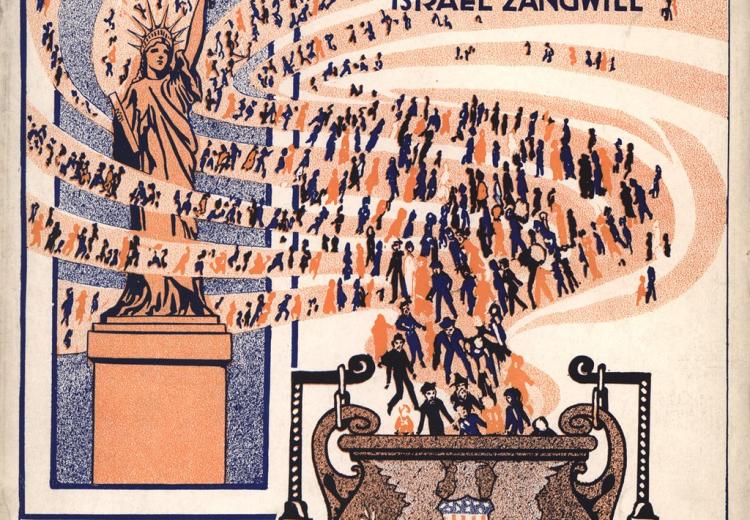BackStory: The Melting Pot: Americans & Assimilation

Cover of 1916 theater program for Israel Zangwill's 1908 play The Melting Pot.
This episode of NEH-funded BackStory explores the idea of assimilation in the United States. Featuring interviews with several historians, it covers history from the eighteenth century through the mid-twentieth century, with connections to current events. In "The Melting Pot: Americans & Assimilation," you’ll learn about:
- President Theodore Roosevelt’s views on “hyphenated Americanism”
- Jewish playwright Israel Zangwill and the “melting pot” metaphor
- Assimilation in Early America and the impact of the Louisiana Purchase
- Forced assimilation in Native American boarding schools
- Japanese Americans in Chicago after World War II
- W.E.B. Du Bois’s thoughts on what assimilation meant for African Americans
Audio file
Below, find comprehension questions and EDSITEment resources, all grouped by segment. A full transcript of the episode is available at the BackStory site.
Note: This episode discusses white supremacist and xenophobic ideas. It also discusses anti-Indigenous violence and anti-Black violence, including lynching. The segment “100% American” includes an anti-Japanese slur.
